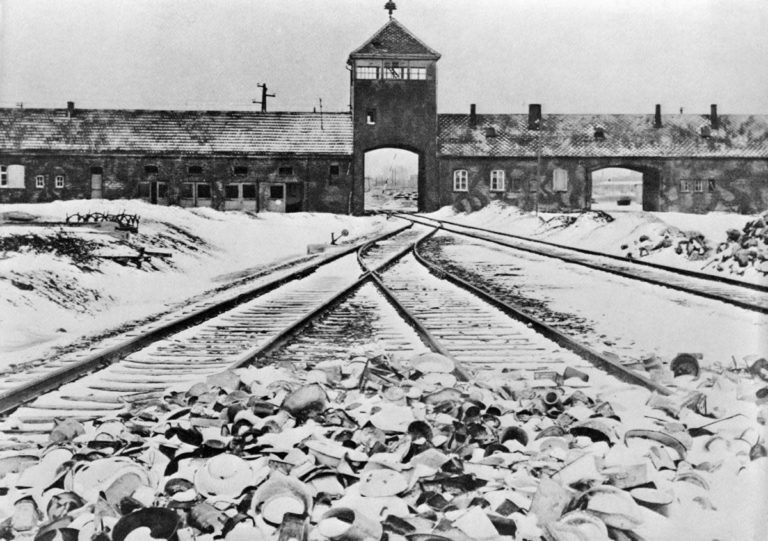President Donald Trump is banking on his loyal base of supporters to help him through the tangle of the Russia turmoil.
Trump had his core backers in mind as he responded to former FBI Director James Comey’s blockbuster Senate testimony and the steady creep of multiple congressional investigations and Special Counsel Robert Mueller’s probe.
Trump’s Republican allies might have found Comey credible, but the president called the man he fired as FBI director a liar and a “leaker.” Trump said he was the victim of the “fake news” media. And he tried to charge ahead by resorting to what worked for him as a candidate — pushing policies dear to his base and using strong rhetoric to convey that message.
“As you know, we’re under siege, you understand that. But we will come out bigger and better and stronger than ever. You watch,” Trump said Thursday as Comey was telling senators that the president had pressured him to drop an investigation into an ex-White House aide.
His strategy is consistent with the way Trump has governed in his first four months in office. His White House has made little effort to broaden the bedrock of support for a president who lost the popular vote and receives scant backing from Democrats.
Trump has yet to hold a rally in a state he lost to Hillary Clinton in November. He visits many of the small Rust Belt cities and rural heartland communities that went for him.
While backing away from some campaign promises, Trump has made good on policies his loyalists track closely.
When Trump pulled the United States from the Paris climate accords despite pleas from American allies, he framed it as a victory for American industry and the blue-collar workers who backed him. He appointed a conservative to the Supreme Court, Neil Gorsuch, and is steadily nominating similar candidates to fill judicial vacancies.
With help from the Republican-led Congress, he has rolled back Obama-era rules on the environment, gun rights, the internet and financial regulations.
Support for the president has broken down sharply along party lines.
Only 4 percent of Democrats back Trump while he has an 81 percent approval rating among Republicans, according to a Quinnipiac poll released this past week. His overall job approval number has fallen to the mid-30s, a new low, but the GOP number has remained steady in the past two months.
Even if Trump’s core holds, the erosion of support from independents and wavering Democrats would jeopardize his ability to build support in swing states such as Wisconsin, Michigan, Pennsylvania, Ohio and Florida, said Paul Maslin, a Democratic pollster based in Wisconsin.
“He is backing into a corner more than anybody I’ve ever seen. He’s doing it with politics, he’s doing it with electorate considerations, he’s doing it with the way he views the world,” Maslin said. “He’s standing increasingly on his own island and the question is whether he’s going to have the means and the ability to come to shore because that island isn’t big enough to win again.”
The White House says the administration is simply keeping the promises that candidate Trump made.
“Voters don’t ask who can win, they ask who can lead,” Trump adviser Kellyanne Conway said at an event sponsored by Axios this past week.
The message of Trump’s recent overseas trip was directed at his supporters back home: He reinforced his “America First” slogan by traveling to NATO’s headquarters to demand that allies increase defense spending and refused to explicitly support its mutual defense pact. (At a White House news conference Friday, Trump did say the U.S. was committed to that shared defense.)
“If you asked most Americans where they are, they are in a position where we have our own problems, we don’t need to be taking care of the world’s problems,” said Greg Strimple, a Republican pollster based in Idaho, who said that Trump’s play could resonate beyond his base. “I think he is reaching out to the middle with a lot of these policies.”
Trump’s legislative agenda has slowed to a crawl on Capitol Hill, in large part due to divisions among his Republican allies on health care and taxes. The Republican-led bill to dismantle the Obama-era health law narrowly passed the House, and Senate Republicans have struggled to bridge their divide in crafting legislation.
Democrats have shown little inclination to work with Trump, and the White House has made almost no effort at outreach.
By contrast, Republican George W. Bush, the most recent president to win election while losing the popular vote, took steps during his first months in office to woo the opposition party. He worked closely with Massachusetts Sen. Ted Kennedy, a leading Democrat, to pass the “No Child Left Behind” education law.
And Trump? He held a pair of meetings Tuesday at the White House to go over his legislative agenda.
Only Republicans were invited.
(AP)











